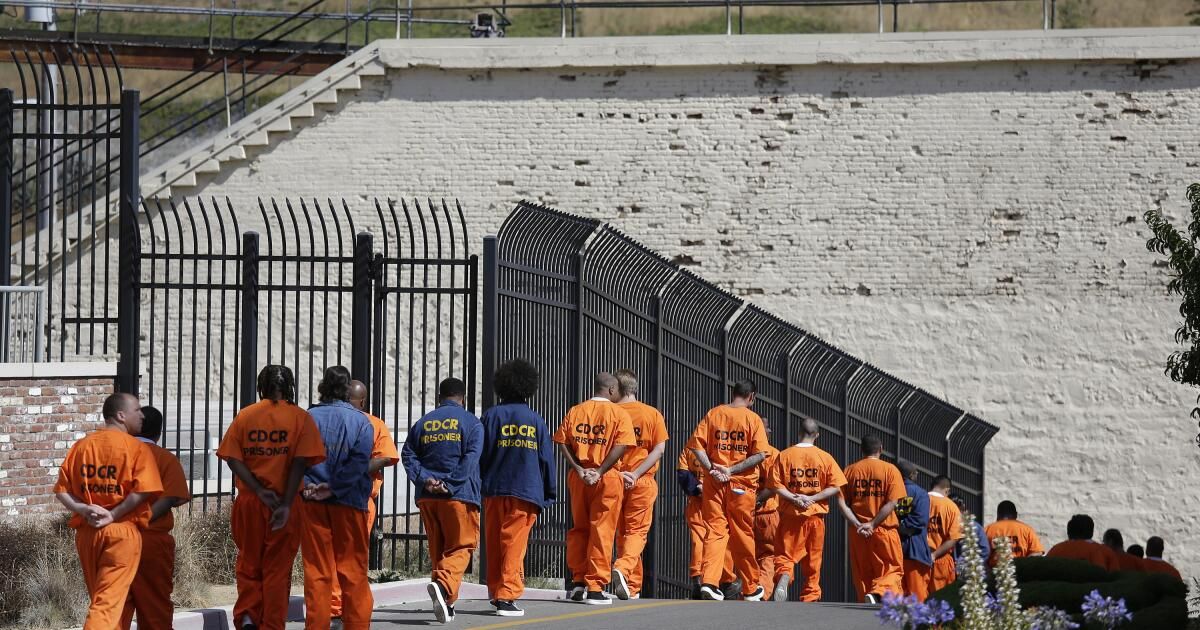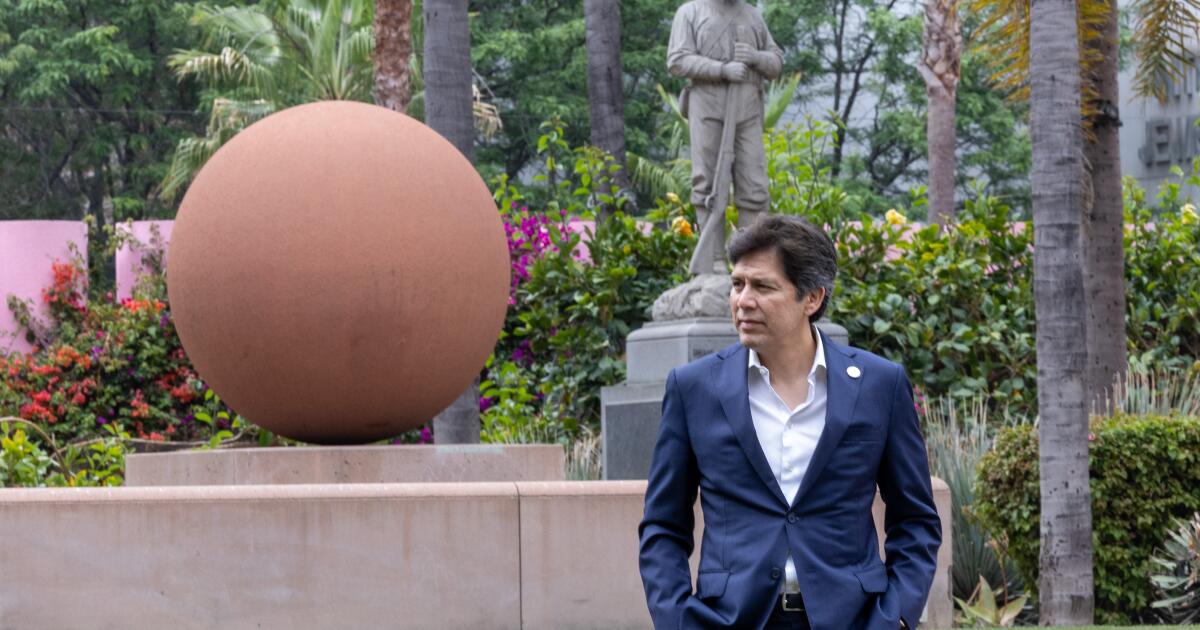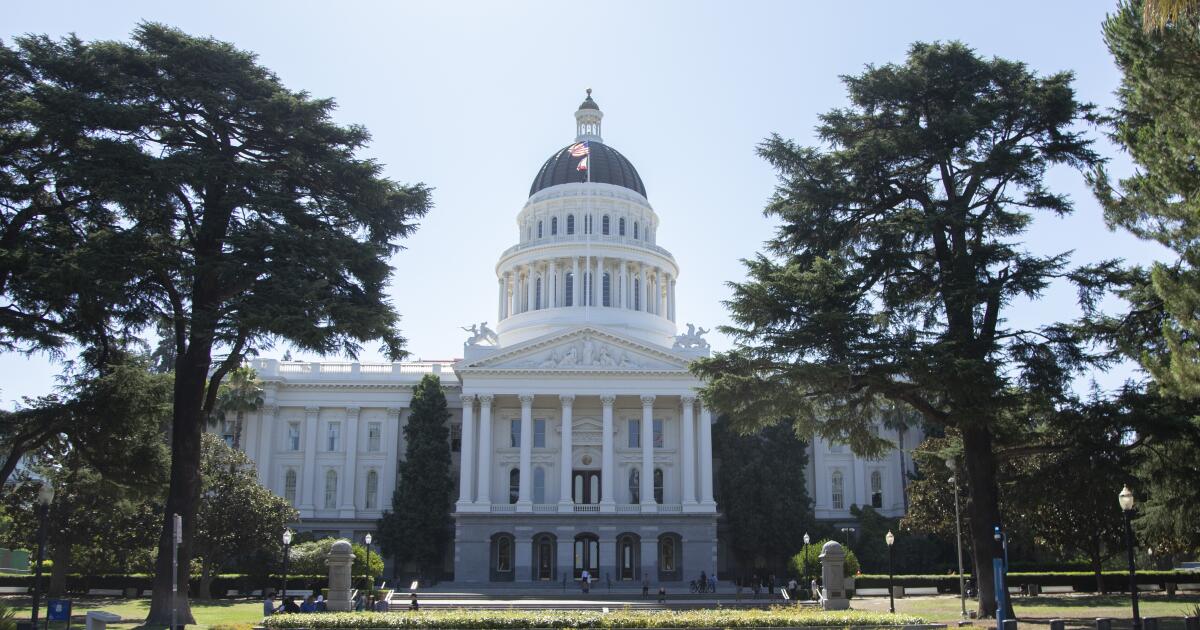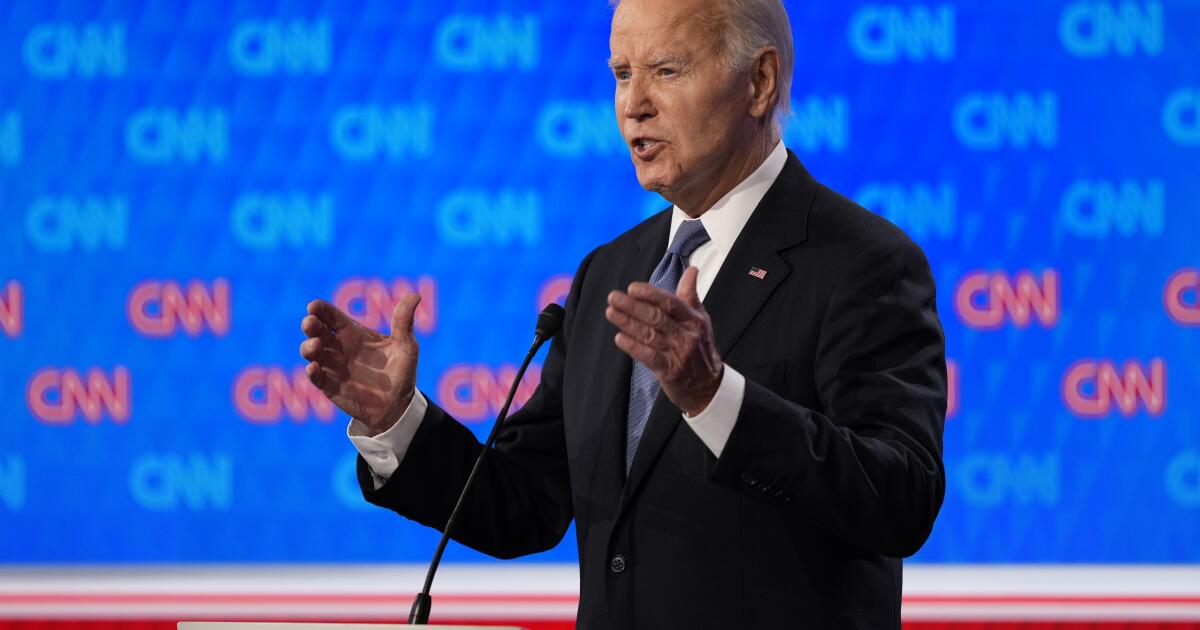Faced with a state budget deficit of at least 38 billion dollars, Gov. Gavin Newsom should rethink his costly commitment to the state's traditional mass incarceration system. While he insists that he will create a kinder, gentler type of California prison, the governor has authorized $1 billion in raises for correctional officers and hundreds of millions more prison buildings despite a steady decline in the incarcerated population and skyrocketing costs.
Not only has prison expansion significantly contributed to our budget deficits for three decades. It is also caused intergenerational damage to black communities and other marginalized Californians despite unprecedented public awareness of the systemic problems and endemic waste in state prisons.
It's not that California voters, activists, and legislators haven't taken steps to address this problem. The state prison of 2011 realignment was a turning point in reducing the incarcerated population, although the savings were often poorly managed and diverted toward law enforcement instead of more effective community initiatives. It was driven by electoral mandates, legislative reforms and Cultural changes that finally confronted draconian sentencing practices.. Thousands more were released from overcrowded prisons at the height of the pandemic, pushing the state's prison population below 100,000 for the first time in 30 years.
And yet, the California Department of Corrections and Rehabilitation continues to struggle with basics like providing mental health carecosting taxpayers millions in fines and preventing sexual violence. Meanwhile, the salary of prison guards continues to increase at a rate triple the inflation ratebringing annual costs to more than $130,000 per prisoner.
Newsom's experiment with Nordic-style incarceration, called tthe california model, does not adequately address problems plaguing California prisons. It could even be a Trojan horse for further irresponsible prison spending..
while a Overrated retail crime wave has been used to justify massive law enforcement spending in Newsom's 2024-25 budget proposal, Crime rates remain near their lowest levels in 30 years.. Reviving “tough on crime” policies and throwing more billions into prison systems should be a non-starter in a supposedly progressive state, especially while evidence-based solutions Projects that would truly improve public safety remain underfunded.
The nonpartisan California Legislative Analyst's Office anticipates a surplus of 20,000 beds in state prisons by 2027. Close 10 state prisons could save billions to address fiscal challenges and fund more effective public safety measures.
Newsom touts potential savings from three prison closures during his term, but has been silent on plans for more. ignore fellow Democrats in the Legislature and budget analysts who have called for the closure of five more. New York Governor Kathy Hochul's decision to close up to five more state prisons – for a total of 11 – is in bold. Newsom should be leading this, not playing catch-up.
But prison closures alone will not be enough to address out-of-control prison spending. The state also has to take on special interest groups, like California corrections officials, who exercise enormous power in Sacramento, to ensure that staffing and salary levels do not undo any future savings.
Given the deficit, the prison budget should prioritize the needs of incarcerated people and aim for their successful reintegration. The governor's proposed new $360 million building at San Quentin, the cost of which has been criticized by his own advisory board, would amount to a misallocation of funds. True rehabilitation is a challenge within the confines of prisons and is not achieved through expensive infrastructure projects.
A responsible budget proposal should not abandon people on the margins of society. It is unacceptable to use jails and prisons as substitutes for supportive housing or mental health facilities, warehousing people who have nowhere else to go. The solution to homelessness is housing first, and the answer to the mental health crisis is accessible care. That means spending on infrastructure and social welfare projects: treatment facilities, affordable housing, and community reentry programs.
California has a chance to change its approach before the budget is reviewed in May and approved by the Legislature in June. Closing prisons and expanding public services would reflect the needs and values of our state while helping to put our finances in order.
This is a moral issue as well as a fiscal one. There are too many prisons and jails in California, and despite our progress, there are too many people locked up in them.
Brian Kaneda is the deputy director of Californians United for a Responsible Budget.












